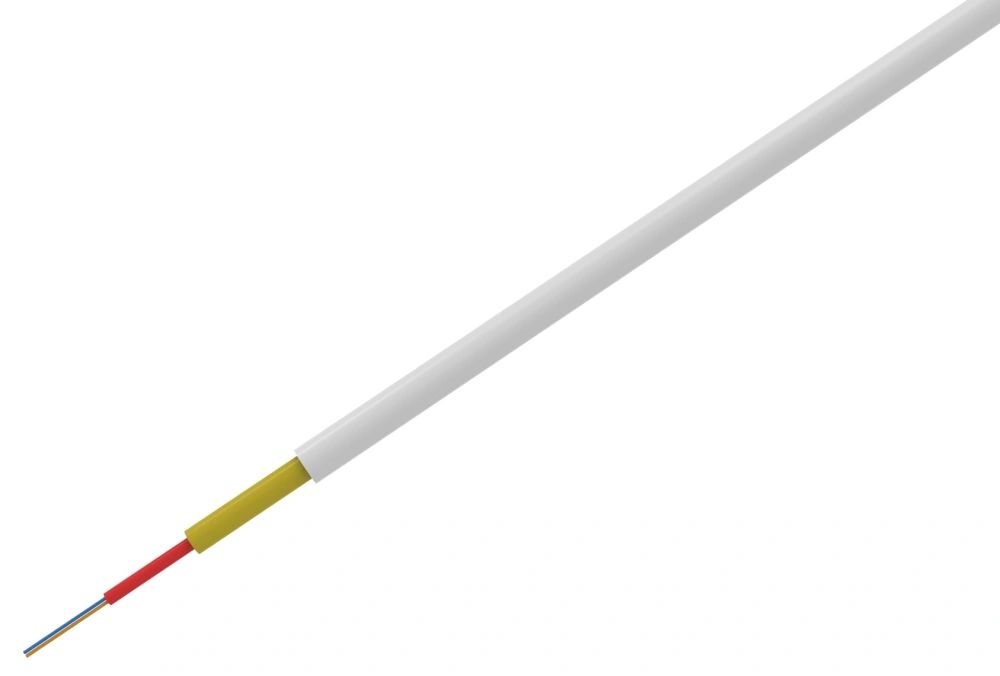The Transformation of High-Speed Connectivity Through Optical Cable Innovations
Improving Data Transmission Efficiency with Optical Cable Innovations

Optical cable innovations have revolutionized high-speed connectivity by significantly improving data transmission efficiency. With the ever-increasing demand for faster and more reliable internet connections, traditional copper cables have become inadequate. Optical cables, on the other hand, utilize light signals to transmit data, offering unparalleled speed and reliability.
One of the key advantages of optical cables is their ability to transmit data over long distances without experiencing signal degradation. It is achieved through the use of fiber optics, which consist of thin strands of glass or plastic capable of carrying light signals. These signals can travel at the speed of light, resulting in incredibly fast data transfer rates.
Furthermore, optical cables are immune to electromagnetic interference, which can be a common problem with copper cables. This makes optical cables ideal for environments with high levels of electromagnetic noise, such as industrial areas or data centers. By eliminating interference, optical cables ensure uninterrupted transmission of data, leading to improved connectivity and reduced downtime.
Innovative Advancements in Optical Cable Design
The continuous advancements in optical cable design have further enhanced high-speed connectivity. One notable innovation is the development of single-mode optical fibers, which enable even higher data transfer rates. These fibers have a smaller core size, reducing signal dispersion and enabling data to travel over much longer distances.
Another breakthrough in optical cable design is the introduction of bend-insensitive fibers. Traditional fibers were susceptible to loss of signal strength when bent, limiting their use in compact and space-constrained installations. Bend-insensitive fibers, however, maintain their performance even when subjected to tight bends, allowing for more flexible and efficient cable installations.
Moreover, the introduction of plenum-rated optical cables ensures safer connectivity in commercial buildings. Plenum spaces, such as ventilation ducts, pose fire hazards, and require cables with low flame propagation characteristics. The development of plenum-rated optical cables meets this requirement while providing high-speed connectivity, making them suitable for a wide range of applications.
Applications of Optical Cable Innovations
The applications of optical cable innovations are vast and diverse, ranging from telecommunication networks to data centers, healthcare facilities, and even home internet installations. Optical cables provide the backbone for high-speed internet connections, enabling seamless streaming of high-definition videos, video conferencing, and cloud-based services.
In data centers, optical cables facilitate rapid data transfer between servers and storage systems, ensuring efficient data processing and storage capabilities. High-speed and reliable connectivity is crucial for interconnected devices in the era of the Internet of Things (IoT), where billions of devices rely on constant communication.
The healthcare industry has also benefited from optical cable innovations, particularly in medical imaging technologies. Optical cables enable the transmission of high-resolution medical images such as MRIs, CT scans, and ultrasounds in real-time, facilitating faster diagnoses and improved patient care.
The Future of High-Speed Connectivity
As technology continues to evolve, optical cable innovations will play a vital role in shaping the future of high-speed connectivity. With the emergence of 5G networks and the increasing demand for bandwidth-intensive applications, the need for faster and more reliable internet connections will only grow.
The ongoing research and development in optical cable technologies hold great promise for achieving even higher data transfer rates, improved signal integrity, and greater cost efficiency. These advancements will pave the way for enhanced virtual reality experiences, autonomous vehicles, and seamless connectivity across various industries.
In conclusion, optical cable innovations have revolutionized high-speed connectivity by significantly improving data transmission efficiency. The continuous advancements in optical cable design, along with their wide-ranging applications, have transformed the way we connect and communicate. With the ongoing research and development, the future of high-speed connectivity looks brighter than ever.



